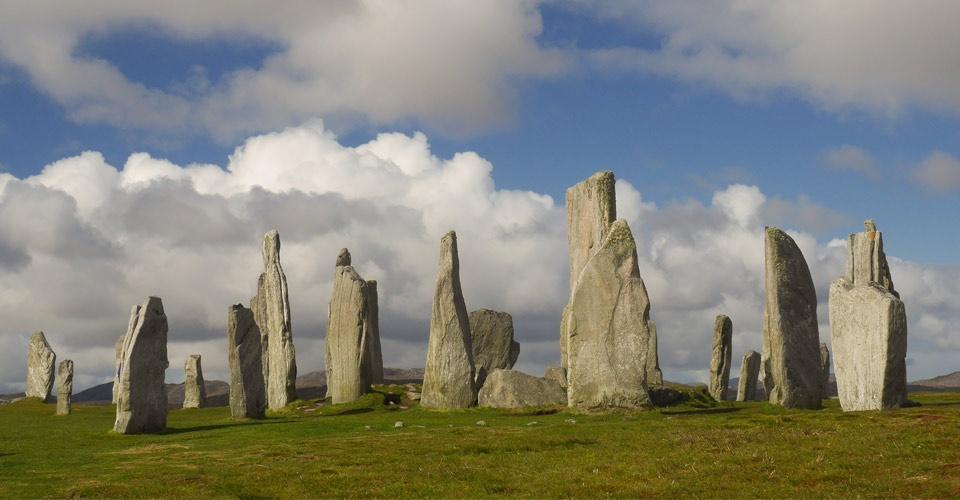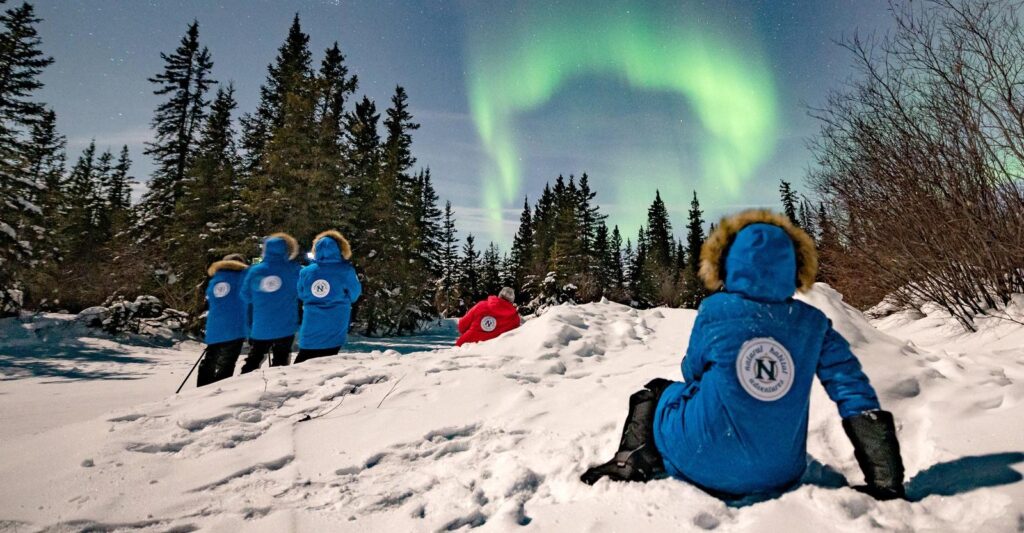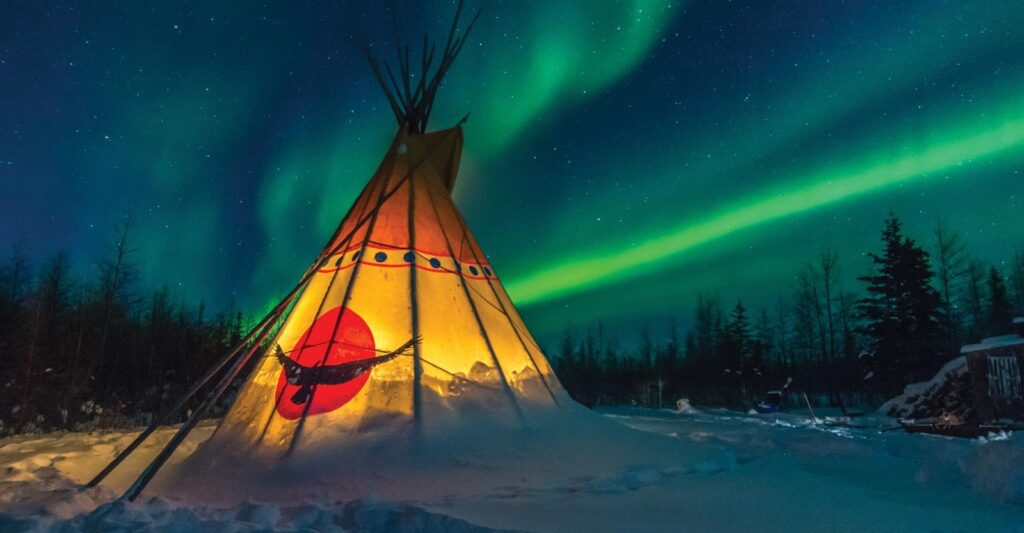Overview
Iceland is a small island nation on the edge of the Arctic Circle, but few countries are bigger on natural wonders. Glaciers and geysers, hot springs and waterfalls, basalt pillars and black sand beaches, frigid fjords and fields of lava…Iceland has all these and more, and our expedition showcases the full array of its striking contrasts. Uninhabited until the island was settled by Norse Vikings in the 9th century, Iceland today is one of the most sparsely populated countries in Europe. Along its shores, ![]() we’re outnumbered by whales, seals and puffins, which we scout out on private boat excursions. Inland, walk atop raw terrain born of fiery volcanoes and carved by glaciers. Here the North American and Eurasian plates meet, and geothermal forces create a dynamic and dramatic landscape—an experience of pure nature at its most powerful.
we’re outnumbered by whales, seals and puffins, which we scout out on private boat excursions. Inland, walk atop raw terrain born of fiery volcanoes and carved by glaciers. Here the North American and Eurasian plates meet, and geothermal forces create a dynamic and dramatic landscape—an experience of pure nature at its most powerful.
Trip Highlights
- An All-Encompassing Itinerary Make a complete circle around Iceland by private mini bus, chartered plane, boat and 4x4—you won't find a more thorough immersion in Icelandic nature
- A Rare Visit to the Remote Westfjords Explore less-visited areas including the far-flung Westfjords, with a private boat cruise to see whales and a seasonal summer puffin colony
- Explore a Volcano by Super Jeep Witness Iceland’s volcanic features, including Lake Myvatn's lava formations and a Super Jeep tour to Askja caldera and Viti crater on summer departures
Itinerary
Please fill out the form below to request a quote for rates.
Included
- Trip price includes: Accommodations, services of Nat Hab's professional Expedition Leader(s) and local guides, all meals from dinner on Day 1 through breakfast on final day, some gratuities, airport transfers for those arriving by air on Day 1 and departing by air on the final day, private whale watching tour, all activities and entrance fees, all taxes, permits and service fees.
- Internal air includes: Charter flight from Akureyri to Isafjordur and scheduled flight from Isafjordur back to Reykjavik (this will be listed separately on our invoicing).
Not Included
- Travel to and from the start and end point of your trip, alcoholic beverages, some gratuities, passport and visa fees (if any), optional activities, items of a personal nature (phone calls, laundry and internet, etc.), airline baggage fees, required medical evacuation insurance, optional travel protection insurance.
Map






















